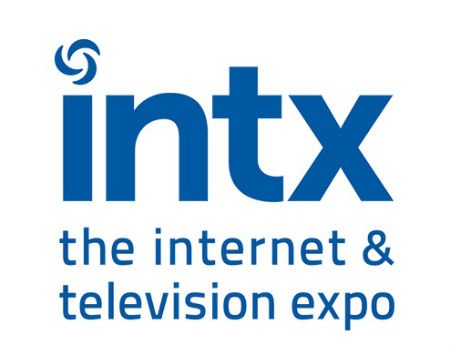INTX 2016: TV Continues Down Path of Transformation

Boston -- The pay TV industry is undergoing a tectonic shift amid the rise of a growing array of over-the-top options, but a complete change of the industry’s complexion – and its historic business models -- won’t happen overnight.
“I believe we are in a transformative place in pay TV,” Dwayne Benefield, vice president and head of PlayStation Vue, Sony’s new virtual MVPD that just launched a set of "Slim" packages that are offered nationally, said here Tuesday on a panel titled, “Now Leaving Normal: Assessing and Inventing the Future of Pay Television.
“It’s been ripe for innovation for a decade," Benefield said.
And it’s not just the pay TV industry. “The consumer is in a transformative state…Consumers are sending us signals” as they seek content wherever they are from a growing mix of devices and programing sources, Tony Goncalves, senior vice president and business development at AT&T Entertainment Group, added.
But that shift, which AT&T will aim to address through a trio of OTT services set to launch later this year, won’t happen overnight.
“There’s a longer runway here than the headlines might be signaling,” Goncalves said.
“We are at a point of view that this is not a massive defection of pay television,” Barbara Kalosieh, senior vice president, content distribution, at Scripps Networks Interactive, said, noting that the traditional business remains strong.
The smarter way to stay on top of the multichannel video marketplace. Sign up below.
At the same time, she said Scripps is happy to work with new players such as PS Vue and Sling TV, Dish Network’s OTT-TV service for cord-cutters, so long as they play by the rules of the game.
“What hasn’t changed and I don’t think will change is the value of good content,” Steve Necessary, executive vice president, product development and management at Cox Communications, observed.
He said consumers still require a solid search and discovery platform to surface all their content, but that there is a need for new cost models to work across the industry.
Though the perception is that pay TV is in a state of decline, the truth is that not only are they coming back, but that “they never left,” Ben Weinberger, chief product officer of Sling TV, said.
“They’re not leaving and they still want that content,” he said, noting that some consumers want to pay for content differently and have more choices in how they bundle that content together.
The panel also touched on a TV ad business that remains largely based on the 30-second spot.
While there’s still “great value” in those spots, Scripps is developing new partnerships for advertisers via Scripps Lifestyle Studios, a unit that is targeting multiple platforms, including social media, apps, websites and third-party digital media outlets.
Advertisers, Kalosieh said, aren’t just buying 30—second spots, but are looking to make digital and social media connections with programmers.
And advertising needs to become more targeted and, therefore, more relevant, to the viewer.
Advertising, Weinberger said, is part of the “entire experience” that needs to work in harmony with the programming.
And targeting ads might not be enough, Goncalves said, suggesting that advertisers and programmers need to be more creative to the point of integrating more of those messages into the programs natively, particularly with on-demand shows and short-form content.
